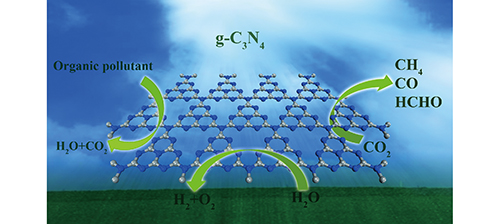 PDF(4617 KB)
PDF(4617 KB)


 PDF(4617 KB)
PDF(4617 KB)
 PDF(4617 KB)
PDF(4617 KB)
g-C3N4光催化材料的第一性原理研究
 ({{custom_author.role_cn}}), {{javascript:window.custom_author_cn_index++;}}
({{custom_author.role_cn}}), {{javascript:window.custom_author_cn_index++;}}Research of Photocatalyst g-C3N4 Using First Principles
 ({{custom_author.role_en}}), {{javascript:window.custom_author_en_index++;}}
({{custom_author.role_en}}), {{javascript:window.custom_author_en_index++;}}
| {{custom_ref.label}} |
{{custom_citation.content}}
{{custom_citation.annotation}}
|
/
| 〈 |
|
〉 |